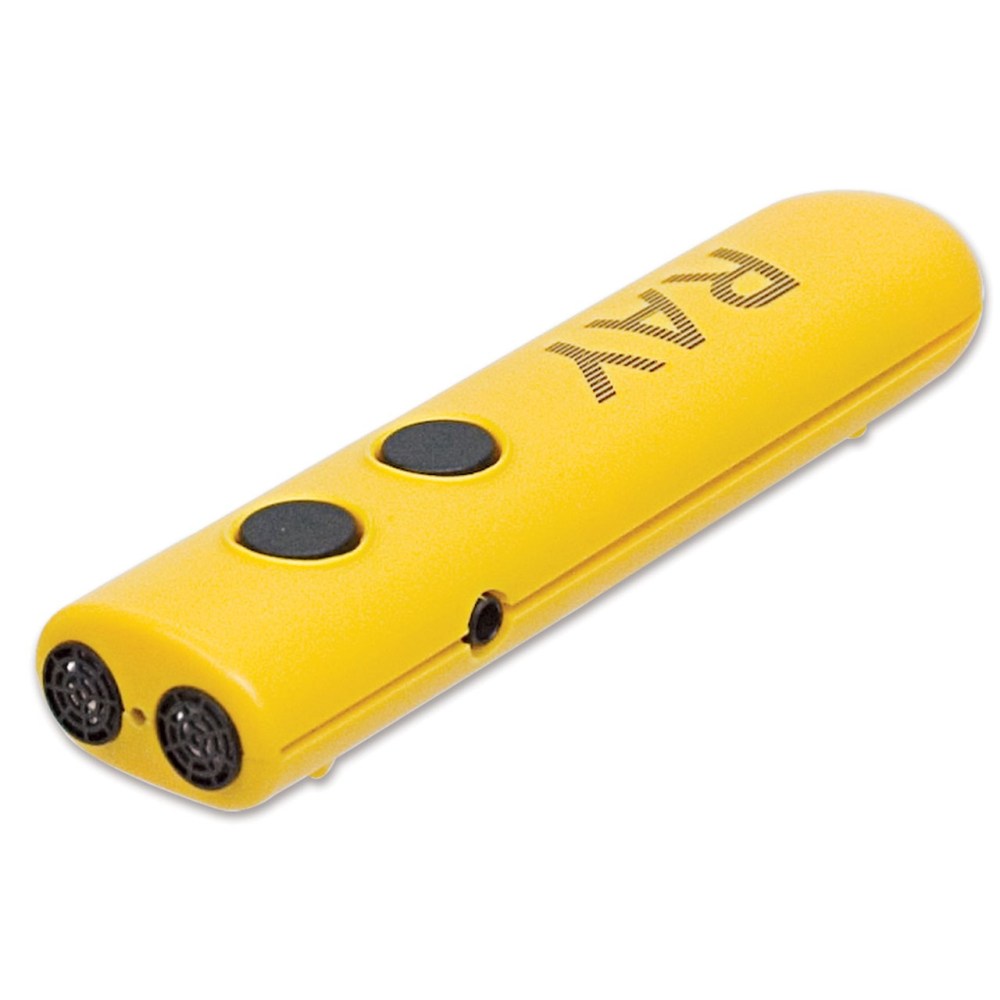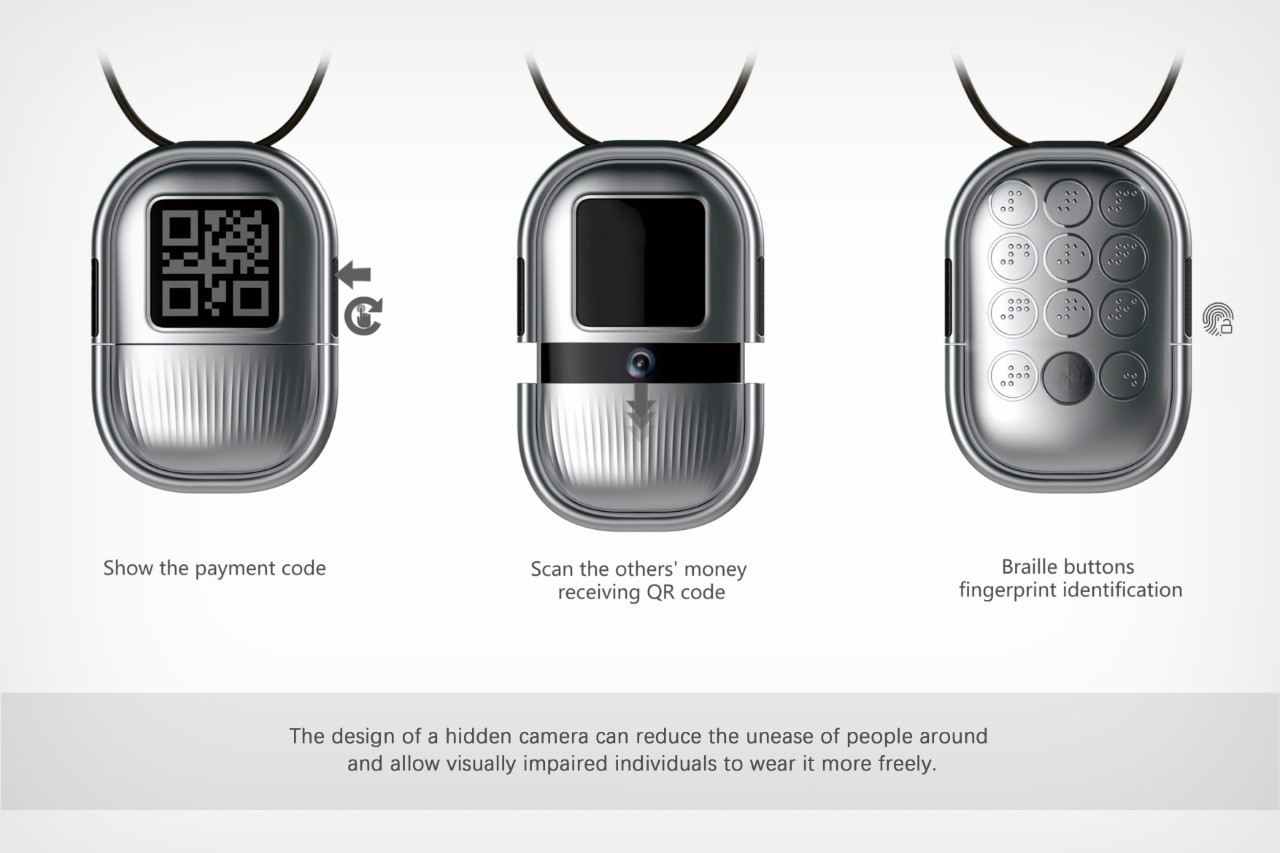Empowering Freedom With Assistive Modern Technology for the Blind
The assimilation of assistive modern technology right into the lives of people with visual problems represents a substantial innovation in advertising freedom and self-sufficiency. From cutting-edge display visitors to advanced wise walking canes, these devices not just boost everyday navigation and communication however likewise empower customers to engage meaningfully in various aspects of life. As we check out the myriad benefits and real-world applications of these modern technologies, it comes to be important to analyze the hidden variables that add to their performance and the possibility for future developments in this essential field.
Review of Assistive Innovation

The development of assistive technology is based in concepts of inclusivity and empowerment. Technologies in software, hardware, and sensory improvements supply customers with choices tailored to their particular needs. From display visitors that convert text to speech, to tactile gadgets that communicate information through touch, these tools transform the way individuals engage with their surroundings.
Along with functional applications, assistive modern technology cultivates higher social inclusion and engagement in numerous fields, consisting of education and employment (Assistive technology for the blind). As r & d proceed to progress, the potential for assistive modern technology to even more enhance the lives of visually impaired people continues to be appealing, leading the method for a much more fair culture where every person can prosper
Kinds Of Assistive Devices
A selection of assistive devices have actually arised to sustain people with aesthetic disabilities, each developed to fulfill certain requirements and improve daily performance. These tools range from low-tech options to high-tech innovations, supplying diverse choices for individuals.
Low-tech tools consist of magnifiers and large-print products that help in analysis and writing. Braille devices, such as Braille styluses and slates, make it possible for tactile reading and interaction. Alignment and wheelchair aids, like white walking sticks, assist individuals navigate their environment safely.
On the higher end of the range, electronic magnification systems and screen viewers offer significant support. Digital magnifiers allow customers to expand message and photos on displays, while display viewers convert electronic material into manufactured speech, facilitating accessibility to information on computers and smartphones.
Mobile phone applications likewise play an essential function, offering functions like text acknowledgment and navigation support. Wearable modern technology, such as smart glasses geared up with augmented reality, is becoming an appealing device to boost situational awareness.
Benefits of Assistive Technology
The combination of assistive innovation considerably enhances the lifestyle for individuals with visual problems. These modern technologies equip users by promoting independence, enabling them to navigate their atmospheres a lot more properly and carry out everyday tasks with better simplicity. Display readers and magnification software application enable individuals to gain access to electronic information, cultivating specialist and academic opportunities that might have formerly been out of reach.
Furthermore, assistive gadgets such as clever walking sticks and GPS applications give real-time navigation assistance, boosting mobility and security. This boosted autonomy not just improves self-esteem yet also encourages social engagement, allowing individuals to get involved more totally in their communities.
Assistive innovation likewise assists in communication, helping customers attach with others with voice acknowledgment and text-to-speech applications. This ability is essential for maintaining relationships and accessing critical information.
Furthermore, the modification options readily available with lots of assistive modern technologies make sure that users can tailor devices to their particular needs, further boosting usability and efficiency. Generally, the benefits of assistive innovation for people with visual impairments are extensive, promoting a more comprehensive culture where every person can pursue their ambitions and objectives.
Case Researches and Success Stories
Highlighting the transformative effect of assistive technology, various instance research studies show exactly how individuals you can check here with aesthetic disabilities have actually effectively integrated these tools into their lives. One compelling example involves an university student that made use of display reading software to browse on-line sources and scholastic products effectively. This innovation not just promoted her education and learning however additionally enhanced her confidence in joining conversations and team projects.
Another instance research study features a specialist that utilizes a smart device application created for navigating and things acknowledgment. By using this application, he has actually gained back freedom in both his individual and job environments, enabling him to commute individually and involve with associates extra efficiently.
In addition, a retired person shared her experience with braille e-readers, which allowed her to access a large array of literary works and remain linked with her community through publication clubs.
These success stories underscore the critical function of assistive innovation in cultivating independence, enhancing lifestyle, and promoting social assimilation for individuals with aesthetic disabilities (Mobility aids for visually impaired users). By embracing these innovative tools, users can overcome obstacles and seize opportunities that add to their specialist and individual satisfaction

Future Patterns in Assistive Technology
Innovation in assistive innovation is poised to redefine the landscape of assistance for individuals with visual disabilities. Emerging trends stress the assimilation of man-made knowledge (AI) and maker learning, which improve the capability of devices that aid with navigation and details availability. AI-driven applications are currently qualified of analyzing aesthetic information in real-time, enabling users to engage with their environment much more independently.
Furthermore, the development of wearable innovation is advancing swiftly. Smart glasses furnished with increased fact (AR) can supply audio summaries of environments, changing just how customers engage with public areas. These gadgets not just promote optical eyeglasses autonomy but also foster social inclusion.
In Addition, the Web of Points (IoT) is making homes smarter, enabling smooth connectivity between day-to-day appliances and assistive tools. This connection encourages users by enabling voice-activated controls and automatic actions customized to individual needs.
Verdict
Finally, assistive innovation plays a crucial function visite site in empowering individuals with visual problems by boosting their freedom and interaction with their surroundings. The varied variety of devices and applications readily available not only promotes navigating and interaction yet additionally promotes social assimilation and chances for professional and individual growth. As improvements continue in this area, the possibility for enhancing the lifestyle for those with visual problems will expand, cultivating higher autonomy and empowerment.
